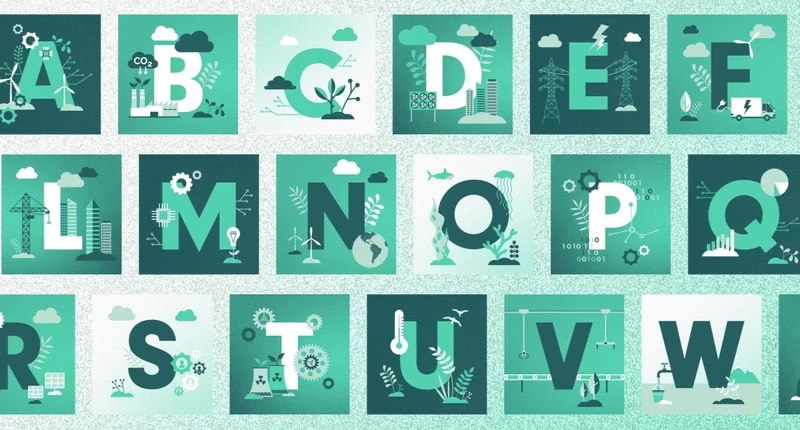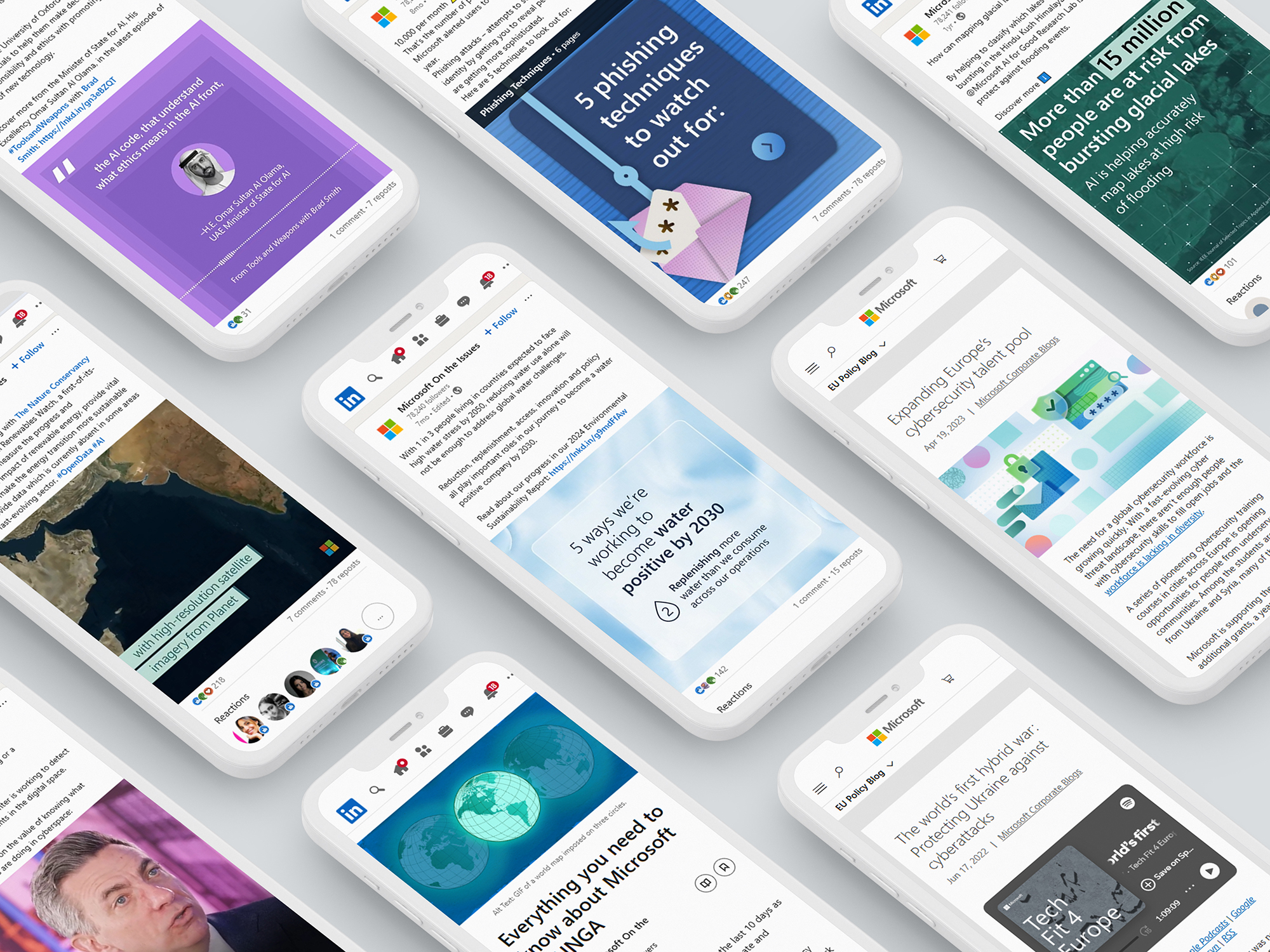Design never stands still – and neither do we.
This year, our Senior Motion Designer, Becca Byrne, attended Mouvo 2025 – a conference that brings together some of the most forward-thinking minds in visual design. But it wasn’t just about being inspired, but bringing fresh ideas home.
From animated typography to immersive data visualisation, the insights Becca returned with are already shaping how we help brands tell their stories today.
Here are 5 innovations in visual design that are growing in 2025.
Blending visual techniques
Storytelling through motion is becoming rapidly more innovative and it is more accessible than ever for designers to create across a range of visual disciplines. While some creators are blending 2D and 3D animation to bring out the best of both visual styles and create emotionally rich experiences, we’ve been exploring how to blend styles through a different lens.
Thinking about how and where our content is displayed, we can innovate on the experience. From breaking the frame in a LinkedIn feed, to creating interactive experiences with tools like Rive, or creating faux-3D illustrated gifs, we’re giving client content more impact with design that both remains on brand and stops the scroll. This subtle but deliberate approach makes even the most technical stories feel more engaging and human.
Augmented reality as a visual layer
That sense of depth extends to how people interact with design itself. Augmented reality (AR) is opening new ways for audiences to experience visual storytelling. A standout example from Mouvo was the Niantic Reality Channels conference, where the designers overlaid an AR world with animated Pokémon across the conference venue. While still an emerging space, we’ve already explored AR through tools like Adobe Aero – envisioning how flyers, installations or branded visuals could unlock an immersive visual experience for people at client events. It’s a powerful way for brands to elevate live experiences and turn passive viewers into active participants.
Automating data-driven visuals
One of the most exciting areas we’re evolving is automated data visualisation. As the demand for clarity in a world of complex, shifting data grows, we’re exploring how automation can enhance – not replace – thoughtful design. The goal isn’t speed for speed’s sake, but creating adaptable, intelligent visuals that tell powerful stories with precision and craft. We are already exploring this with a tool called Flourish for the World Economic Forum. Traditionally, we have worked with our clients such as Microsoft, MHI and Daikin to create rich bespoke animated charts and detailed illustrated infographics. These pieces are carefully crafted and loved by our clients. Alongside this offering, we’re exploring tools such as Flourish or Figma that can pull in live data and present it without designing from scratch each time. We see a huge opportunity in smart, templated systems.
These tools allow us to present incredibly deep and complex data in an interactive format that encourages the user to explore further. It’s not just about telling stories – it’s about telling them faster, smarter and beautifully.

Typography in motion
Typography design is a powerful and expressive way to approach any topic. Over the years, it has evolved from static and print formats to the animated screens of today and it has never been a more important tool in a designer's toolkit. With broad or nuanced subject matter, or situations where the brand prohibits the use of certain imagery, typography is a great way to visualise anything that cannot be directly illustrated.
At Formative, we work with our clients to create everything from animated banner gifs, motion graphics and interactive UI using tools like Rive. We’re also drawing inspiration from platforms like Animography, where you can download animated fonts for your projects and experiment with expressive typography. While some styles may be too playful for certain brand contexts, the core idea – animating at the letterform level – enables us to inject more nuance, depth and personality into branded content quickly, clearly and with impact.

Sound-visual synergy
Sound design is the unsung hero of every animation, reinforcing how the visuals are felt and making them more impactful and engaging. Well-chosen music to accompany a video can elevate it dramatically and strengthen the overall tone. It’s something we’ve embraced in our motion work, where sound design guides rhythm and emotion. Our 8-bit-style retro game animations, for example, come to life with carefully timed chimes and digital audio cues. These moments don’t just polish the piece – they help define the experience.
Our visuals in action
From type that moves to data that reacts, we’re already bringing these trends to life. Our work for the World Economic Forum with Flourish delivered clean, responsive visuals for global audiences. Projects highlighted here for Microsoft and MHI have helped visualise everything from technical specs to layered insights, always with creative clarity. Meanwhile, typographic moments, frame breaker visuals and well crafted sound effects show how design, when in motion, can speak louder than words.
Ready to move forward?
At Formative, we don’t just follow design trends – we shape them. From AR experiments to automated storytelling, our creative team is exploring what’s next and applying it where it matters most: delivering impact for the brands we work with.
If you’re looking to bring future-forward design to your brand or campaign, get in touch with our visual team at hello@formative.agency.

